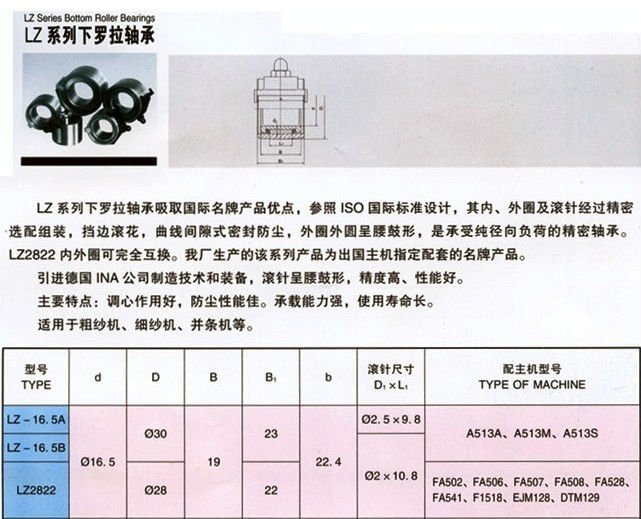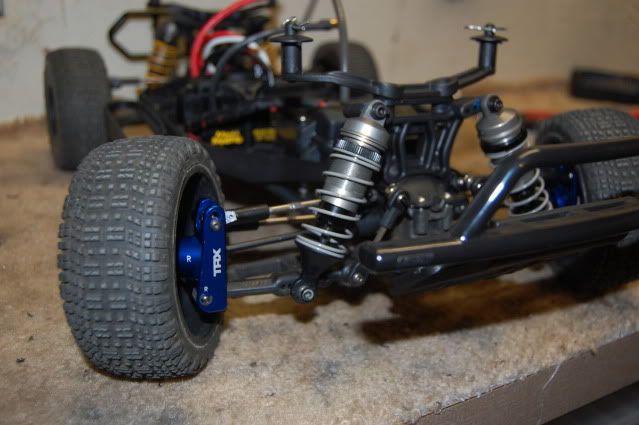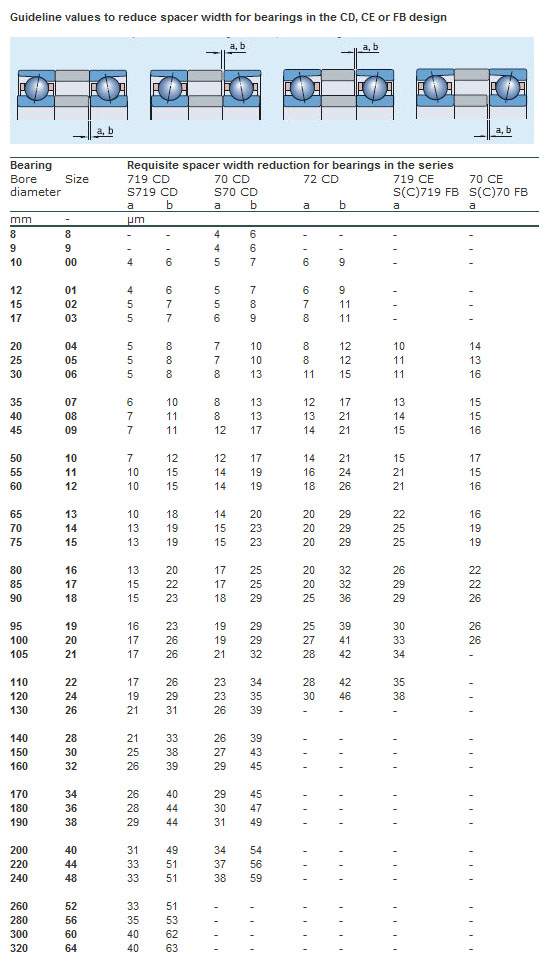Bearing Sizes
The bearing size should be selected on the basis of static load ratings C0 instead of on bearing life when one of the following conditions exist: – The bearing is stationary and is subjected to continuous or intermittent (shock) loads. – The bearing makes slow oscillating or alignment movements under load. – The bearing rotates under load at very slow speed (n<10 r/min) and is only required to have a short life (the life equation in this case, for a given equivalent load P would give such a low requisite basic dynamic load rating C, that the bearing selected on a life basis would be seriously overloaded in service). – The bearing rotates and, in addition to the normal operating loads, has to sustain heavy shock loads. In all these cases, the permissible load for a bearing is determined not by material fatigue but by the amount of permanent deformation to the raceway caused by the load. Loads acting on a stationary bearing, or one which is slowly oscillating, as well as shock loads on a rotating bearing, can produce flattened areas on the rolling elements and indentations in the raceways. The indentations may be irregularly spaced around the raceway, or may be evenly spaced at positions corresponding to the spacing of the rolling elements. If the load acts for several revolutions the deformation will be evenly distributed over the whole raceway. Permanent deformations in the bearing can lead to vibration in the bearing, noisy operation and increased friction. It is also possible that the internal clearance will increase or the character of the fits may be changed. The extent to which these changes are detrimental to bearing performance depends on the demands placed on the bearing in a particular application. It is therefore necessary to make sure that permanent deformations do not occur, or occur to a very limited extent only, by selecting a bearing with sufficiently high static load carrying capacity, if one of the following demands has to be satisfied.













No comments:
Post a Comment